I asked a group of women in their 60s, five questions dealing with aging, beauty and style. I usually give tips from ladies in their 80s and 90s, so it was interesting to hear the perspective of women who are just beginning to think about how aging affects their attitude and appearance. Here are the questions I asked, feel free to respond with your own answers in the comments section of the post.
1. How old are you? What are your concerns with your appearance as you get older. What is your attitude towards aging?
2.How do you take care of your skin, keep it looking healthy. Are you worried about wrinkles and aging skin?
3. How do you keep your hair looking healthy. Do you color your hair? What is your thoughts on gray hair?
4.How has your style changed as you have gotten older. Do you feel more free to experiment with style. How do you get out of a style rut?
5.Any advice you would give to others who are concerned with aging…
Anything else you ‘d like to add?
I will post the rest of the responses next week, for now enjoy these two hat loving ladies!
1. I am 67 years old and most of the time I feel positive about aging. I feel fortunate to be alive as I have lost several dear friends over the past few years. Aware of my mortality and loss, I am grateful for this time of life. At times I am bothered by the changes that aging brings, as it is difficult not to internalize our culture's sometimes negative perceptions of older people. However, I believe that we are changing these perceptions so that a 20 year old and an 80 year old are both viewed as beautiful, just different. Ilona on Advanced Style presents the perfect role model for all of us to emulate. Loving and accepting myself is the first step in this process. My life is filled with vibrant people and experiences, so worrying about what aging brings does not serve me. I practice consciously focusing on creativity and expressing myself in the present.
2. I have a very healthy lifestyle. I believe my skin reflects my health in general, so I focus on taking care of myself. I eat a plant based diet and drink lots of water. I am devoted to yoga, and do something physical every day. I also meditate, practice mindfulness and focus on gratitude. All of this contributes to my health, which includes my skin. I use relatively inexpensive/natural products and have a routine day and night to clean and moisturize my skin. Our culture is youth obsessed, so it's difficult to avoid fear with aging. But as I mentioned above, worrying doesn't improve my appearance or my enjoyment of life.
3. My hair is short and I have it cut once per month. My hair has been cut to wear with hats since the early 80's, as I wear a chapeau every day and feel naked without my hat companion for the day. Again, my hair reflects my overall health, so that is always my focus. I color my hair, and at times I am tempted to go grey. Especially when I see Jenny in all her glory on Advanced Style. But for now, I'm happy with my red hair and who knows what I will do in the future. I love that we can support, celebrate and appreciate the choices of all.
4. As I've gotten older I have become more creative and more focused on self expression. I think that since I don't work full time in the health care industry at this point in my life, I can explore possibilities and stretch, expand, take risks. I have been known to change jobs when 'hat wearing' wasn't appreciated in the work environment. I wanted a 'hat friendly' environment and still do. Now I also desire a 'crone friendly' environment. So self expression has been a part of my life for a long time, and I am not fearful of experimenting with style. At this time I feel more freedom to do so without the confines of my job. My children are adults, so I can focus on myself and my desires to a larger degree. The internet provides a diversity of ideas from across the globe, and inspiration can be found everywhere.
5. I understand concern for aging and it's difficult to avoid. However, I would rather explore and enjoy all the possibilities available during this gift, this time of life, this world of creativity and potential. For today is all that we have and we have a choice as to how we spend our time and our resources. First of all, be compassionate with yourself and others and flow to the next best and wonderful experience that presents itself. I also love meeting new and interesting people from diverse backgrounds. Is there a better way to learn and grow? As long as I am healthy, aging is a fascinating adventure.
Thank you for this opportunity to express myself!How old are you?
67
What are your concerns with your appearance as you get older.
Nora Ephron said it best. "I feel bad about my neck."
What is your attitude towards aging?
We have a detente.
2.How do you take care of your skin, keep it looking healthy?
I have had the same regimen since the 1970s.
1. I clean my face with Pond's Cold Cream. That get's the dirt out.
2. I wash with Clinique Mild Facial Soap in the bar form. It's rich and creamy. Then I rinse about 5 times.
3. I apply Clinique Dramatically Different Moisturizing Lotion.
4. I always use sun block and hats to keep the sun off my face.
Are you worried about wrinkles and aging skin?
I'm not sitting around chewing my fingernails over it. That would make my fingernails look old.
3. How do you keep your hair looking healthy.
I rinse with Guinness Stout which I have on tap -- and I go to a very good salon.
Do you color your hair?
Only my hairdresser knows for sure.
What is your thoughts on gray hair?
It looks good on other women.
4.How has your style changed as you have gotten older.
I have always had a sense of style, but now I know I have a sense of style.
Do you feel more free to experiment with style.
Yes, now I can wear funny things on my head.
How do you get out of a style rut?
I don't do ruts.
5.Any advice you would give to others who are concerned with aging…
Exercise, eat right, take care of your skin and hair and don't wear old-lady pants with elastic waist bands.
Anything else you ‘d like to add?
The most important thing to maintain is a sense of humor.


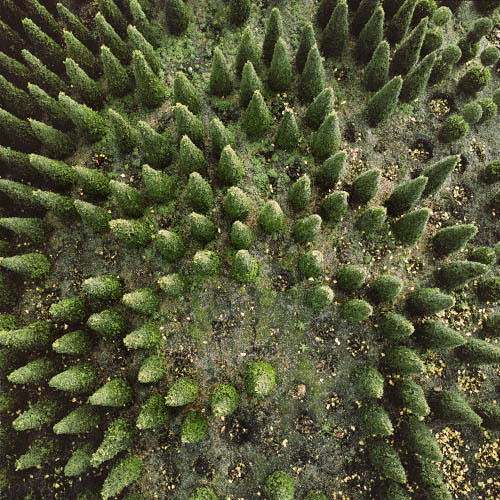 [Image: 020 by Gerco de Ruijter, 28" x 28", from Baumschule (2008-2010), courtesy of the artist].
[Image: 020 by Gerco de Ruijter, 28" x 28", from Baumschule (2008-2010), courtesy of the artist].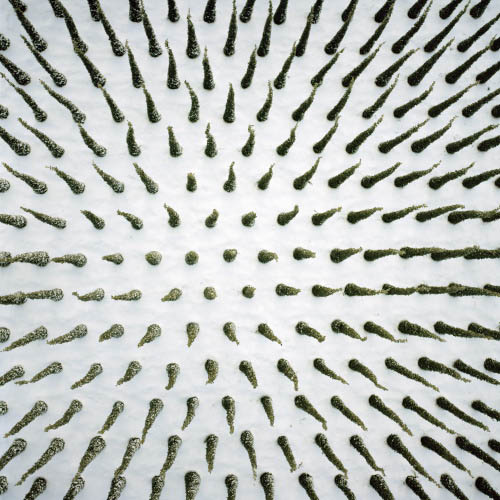 [Image: 010 by Gerco de Ruijter, 28" x 28", from Baumschule (2008-2010), courtesy of the artist].
[Image: 010 by Gerco de Ruijter, 28" x 28", from Baumschule (2008-2010), courtesy of the artist].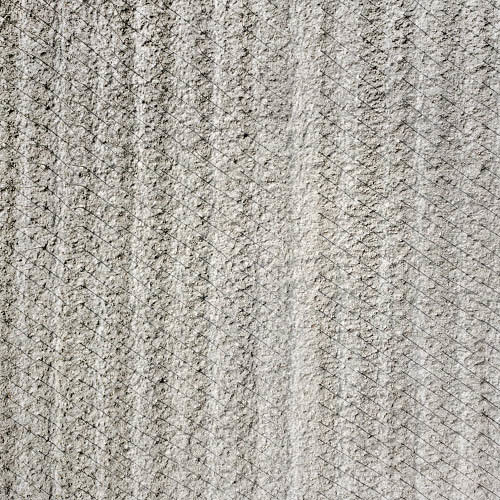 [Image: 014 by Gerco de Ruijter, 28" x 28", from Baumschule (2008-2010), courtesy of the artist].
[Image: 014 by Gerco de Ruijter, 28" x 28", from Baumschule (2008-2010), courtesy of the artist].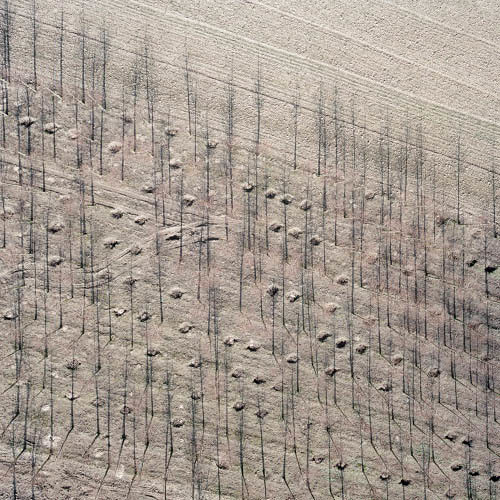 [Image: 005 by Gerco de Ruijter, 28" x 28", from Baumschule (2008-2010), courtesy of the artist].
[Image: 005 by Gerco de Ruijter, 28" x 28", from Baumschule (2008-2010), courtesy of the artist]. [Image: 009 by Gerco de Ruijter, 28" x 28", from Baumschule (2008-2010), courtesy of the artist].
[Image: 009 by Gerco de Ruijter, 28" x 28", from Baumschule (2008-2010), courtesy of the artist].
 [Images: 007 and 032, all by Gerco de Ruijter, 28" x 28", from Baumschule (2008-2010), courtesy of the artist].
[Images: 007 and 032, all by Gerco de Ruijter, 28" x 28", from Baumschule (2008-2010), courtesy of the artist].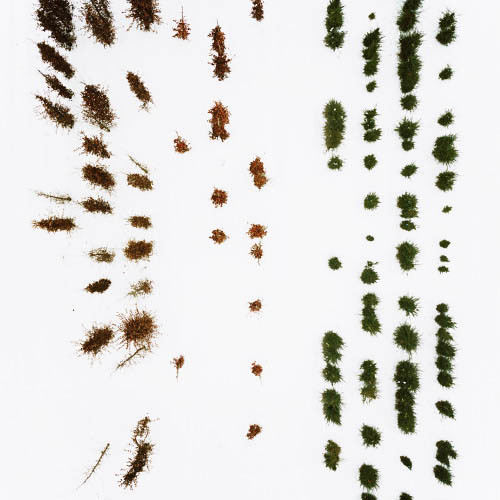 [Image: 002 by Gerco de Ruijter, 28" x 28", from Baumschule (2008-2010), courtesy of the artist].
[Image: 002 by Gerco de Ruijter, 28" x 28", from Baumschule (2008-2010), courtesy of the artist]. [Image: 001 by Gerco de Ruijter, 28" x 28", from Baumschule (2008-2010), courtesy of the artist].
[Image: 001 by Gerco de Ruijter, 28" x 28", from Baumschule (2008-2010), courtesy of the artist].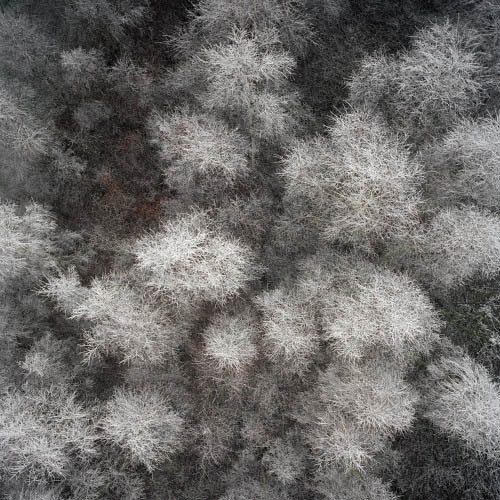 [Image: 028 by Gerco de Ruijter, 28" x 28", from Baumschule (2008-2010), courtesy of the artist].
[Image: 028 by Gerco de Ruijter, 28" x 28", from Baumschule (2008-2010), courtesy of the artist].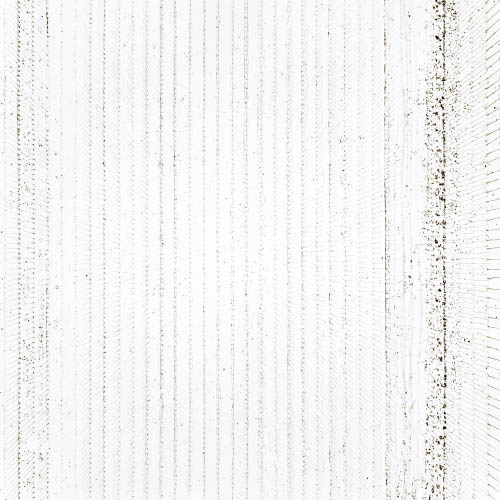 [Image: 008 by Gerco de Ruijter, 28" x 28", from Baumschule (2008-2010), courtesy of the artist, a great example of how the "fore and background may slide into each other," as the photographer describes it].
[Image: 008 by Gerco de Ruijter, 28" x 28", from Baumschule (2008-2010), courtesy of the artist, a great example of how the "fore and background may slide into each other," as the photographer describes it]. [Image: Courtesy of
[Image: Courtesy of  [Image: For a project at the Bartlett School of Architecture's
[Image: For a project at the Bartlett School of Architecture's 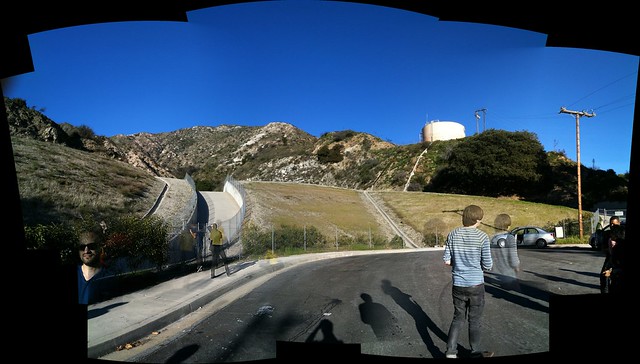 [Image:
[Image: 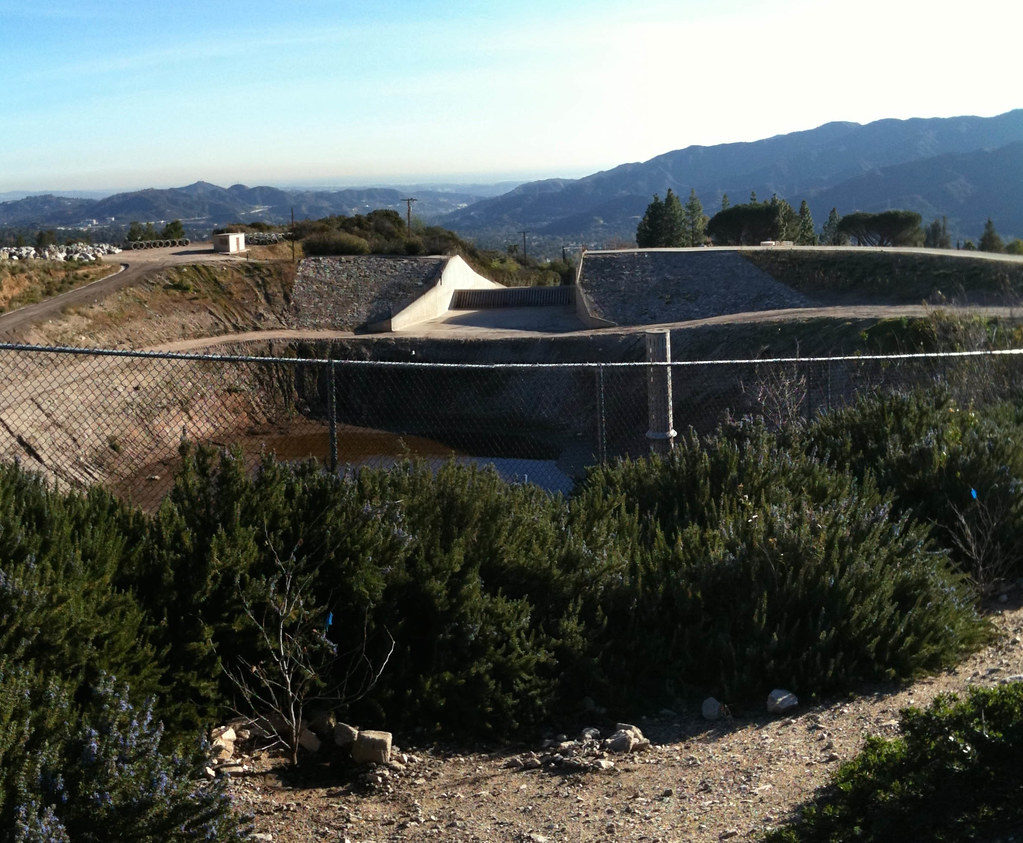 [Image: The debris dam & basin at the strikingly beautiful
[Image: The debris dam & basin at the strikingly beautiful  [Image: Deflection walls protect houses not from terrorist attack or from runaway automobiles, but from geology: rocks spalling off the nearby hills and rolling through the neighborhood; photo by
[Image: Deflection walls protect houses not from terrorist attack or from runaway automobiles, but from geology: rocks spalling off the nearby hills and rolling through the neighborhood; photo by 

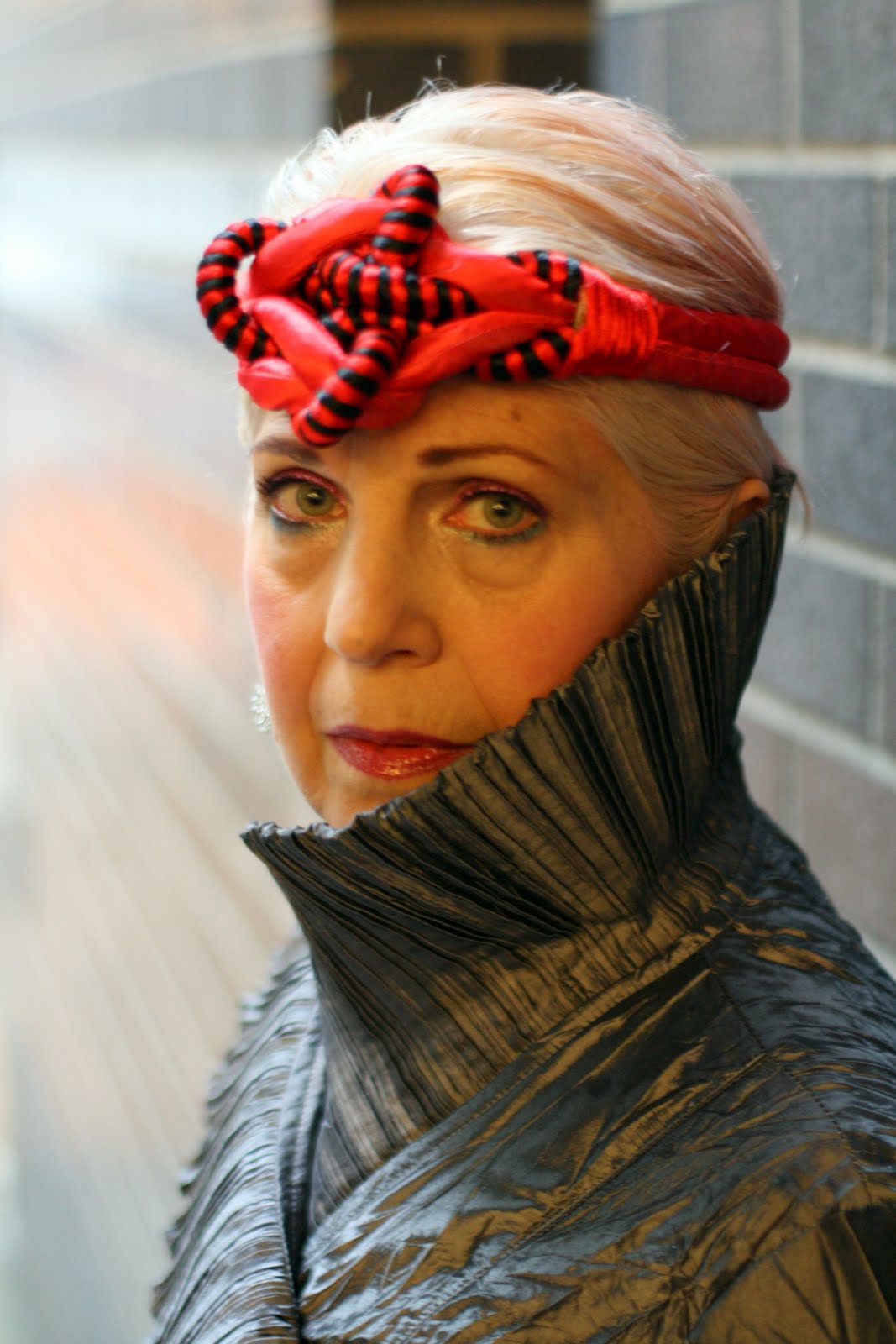

 [Image: A swiftlet nesting house in Thailand; photo by Alexander S. Heitkamp, courtesy of
[Image: A swiftlet nesting house in Thailand; photo by Alexander S. Heitkamp, courtesy of  [Image: The spidery and self-supporting
[Image: The spidery and self-supporting  [Image:
[Image:  [Image:
[Image: 

 [Images: (top)
[Images: (top)  [Image:
[Image:  [Image:
[Image: 

 [Images:
[Images:  [Image:
[Image: 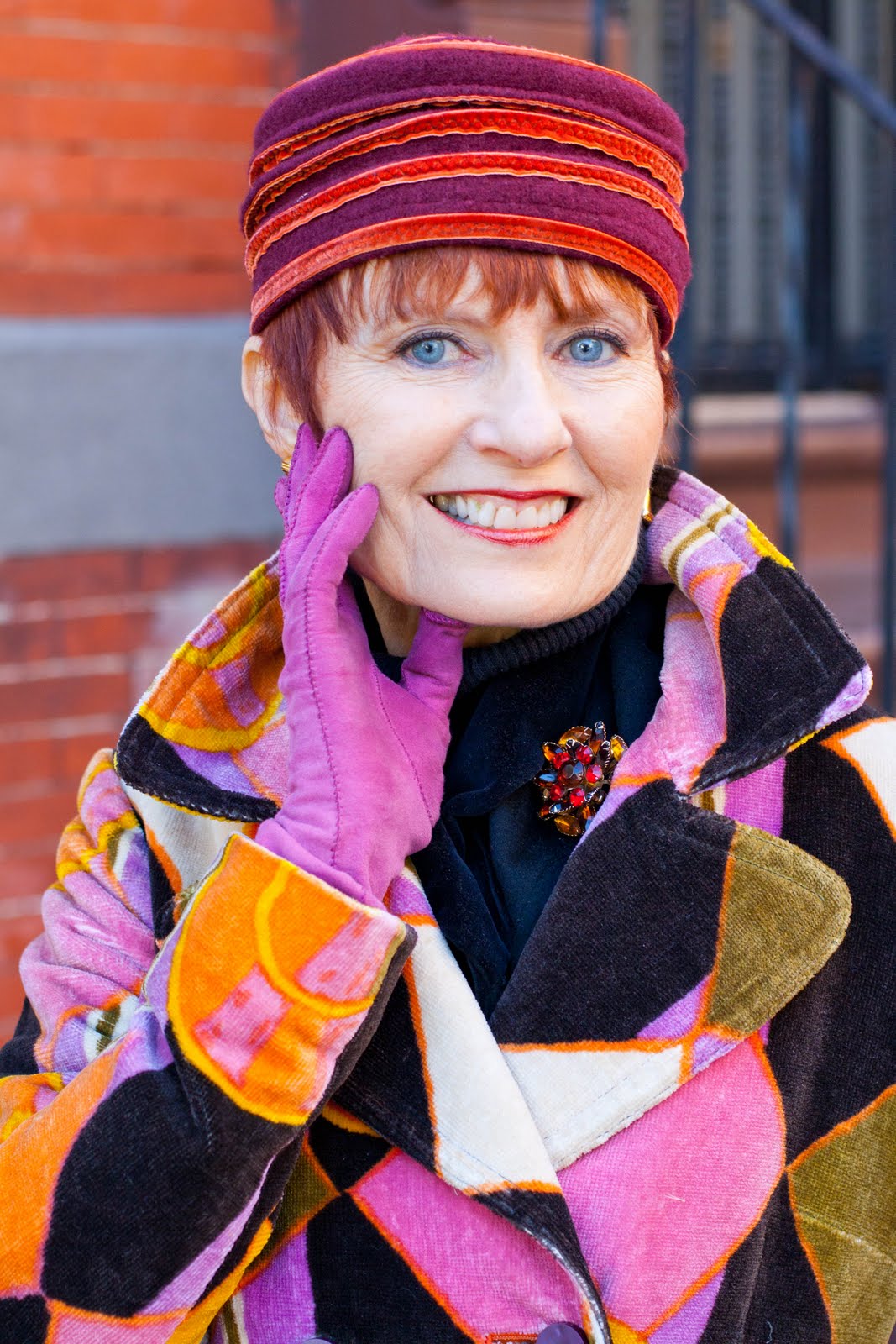











 [Image: From the
[Image: From the 
 [Image: Two more sections from the
[Image: Two more sections from the  [Image: From the
[Image: From the  [Image: From the
[Image: From the 

 [Images: From the
[Images: From the  [Image: From the
[Image: From the